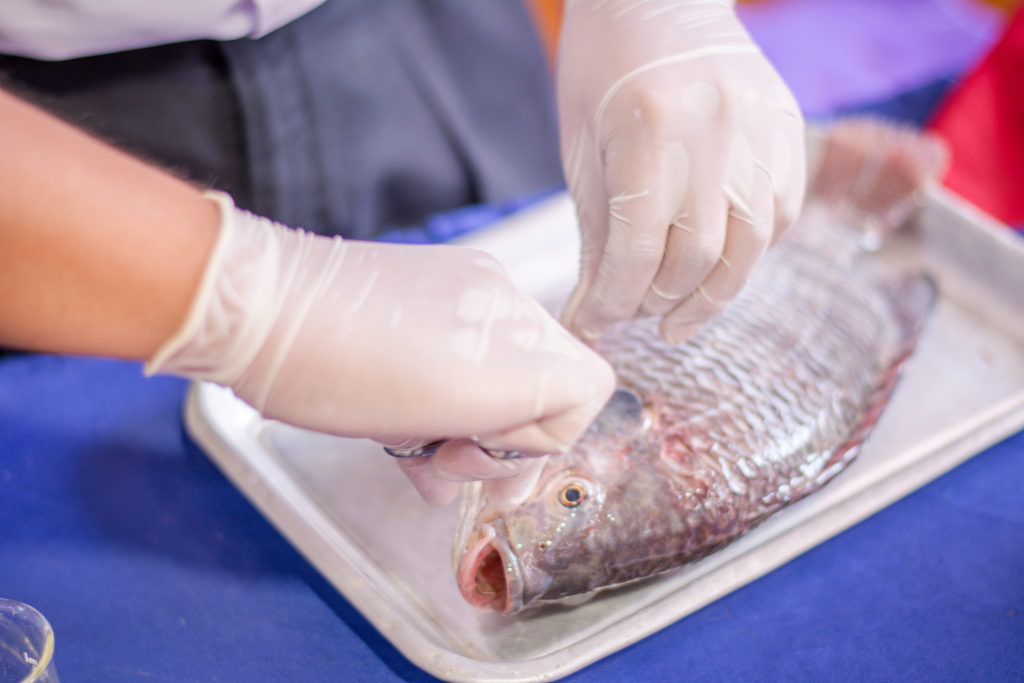
ABSTRACT
More efficient sampling and detection methods of pathogens on fresh produce are needed. The purpose of this study was to compare a novel rinse–membrane filtration method (RMFM) to a more traditional sponge rubbing or stomaching method in processing jalapeño peppers and cantaloupe samples for detection of Escherichia coli, Salmonella enterica, and Listeria monocytogenes. For jalapeño peppers inoculated with 106, 104, and 102 CFU of each pathogen and cantaloupes inoculated at 106 and 104 CFU, all pathogens were detected in all (100%) samples by RMFM at a 10-mL filtration volume, as well as by the stomacher and sponge rubbing methods. However, for cantaloupe inoculated at 102 CFU, detection differed by pathogen: S. enterica (20% RMFM, 60% stomacher, and 20% sponge), L. monocytogenes (40% RMFM, 60% stomacher, and 20% sponge), and E. coli O157:H7 (100% RMFM, 75% stomacher, and 75% sponge). When RMFM was compared with the other methods, in accordance with guidelines in the International Organization for Standardization 16140:2003 protocol, it produced values >95% in relative accuracy, relative specificity, and relative sensitivity. Overall, the RMFM performed similar to or better than the homogenization and sponge surface rubbing methods and is a good alternative for processing large numbers of produce samples for bacterial pathogen detection.
Citation:
LAURA E. TIJERINA-RODRÍGUEZ; LUISA SOLÍS-SOTO; NORMA HEREDIA; JUAN S. LEÓN; LEE-ANN JAYKUS; SANTOS GARCÍA
J Food Prot (2020) 83 (9): 1592–1597.



